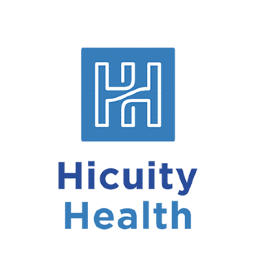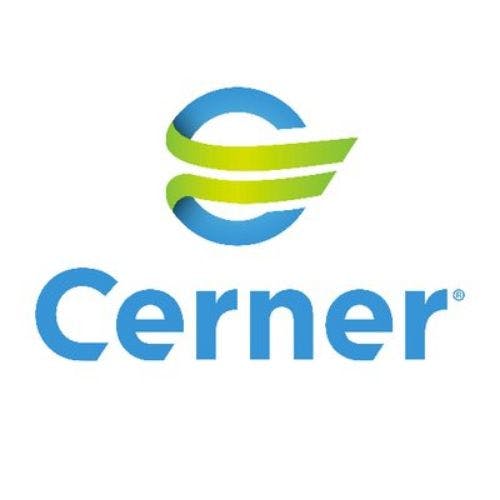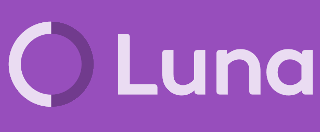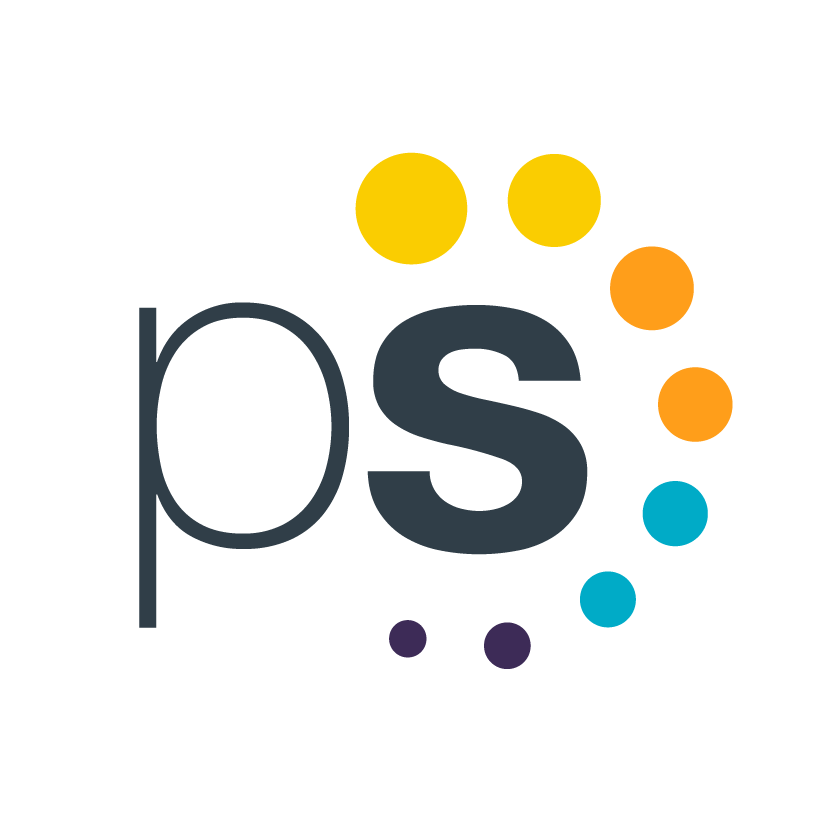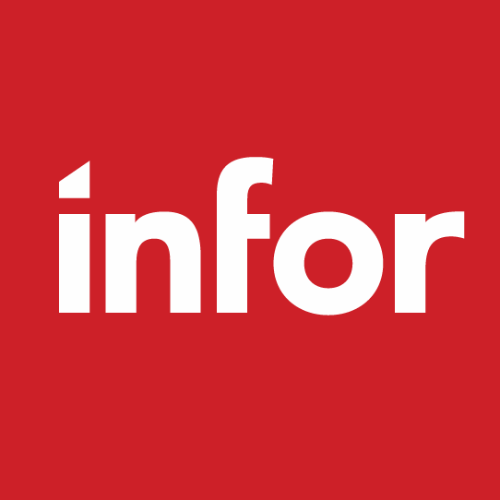What health systems should consider as they assess their needs and investigate digital documentation solutions:
Demand prediction
Leading solutions utilize current and historical data to predict patient demand and generate appropriate staffing configurations.
Flexible schedule generation
Solutions should automatically create schedules to match predicted demand, include tools for managers to assist with schedule creation and generation, and create multiple schedule types based on “what if” scenarios.
Staff self-service
Scheduling interfaces should be available across a variety of access points (including web or mobile) and allow staff to request additional shifts, swap shifts, request time off, and self-schedule where appropriate. For targeted roles across multiple sites, solutions should generate candidate criteria.
Expanded staffing and supply options
Flexible staffing models should provide employees with the option to flex locations, shifts, and between bedside and virtual. Leading solutions also offer the ability to build network pools (such as ambulatory or geographic) to utilize as the primary backup for unfilled shifts, along with additional short shift pools to capture part-time resources.
Productivity tracking and analytics
Tracking capabilities should include key metrics related to productivity, labor cost, satisfaction, and patient outcomes.








